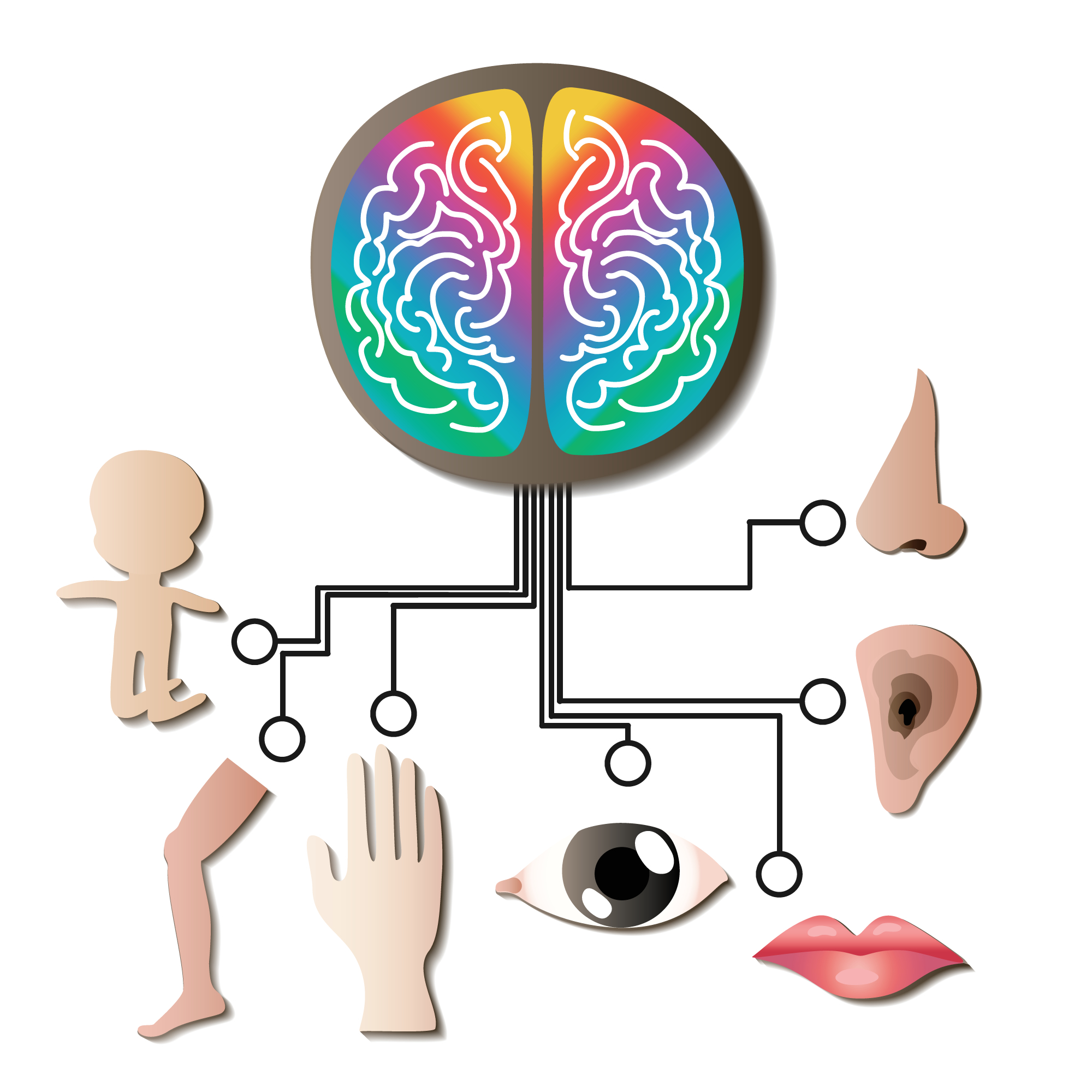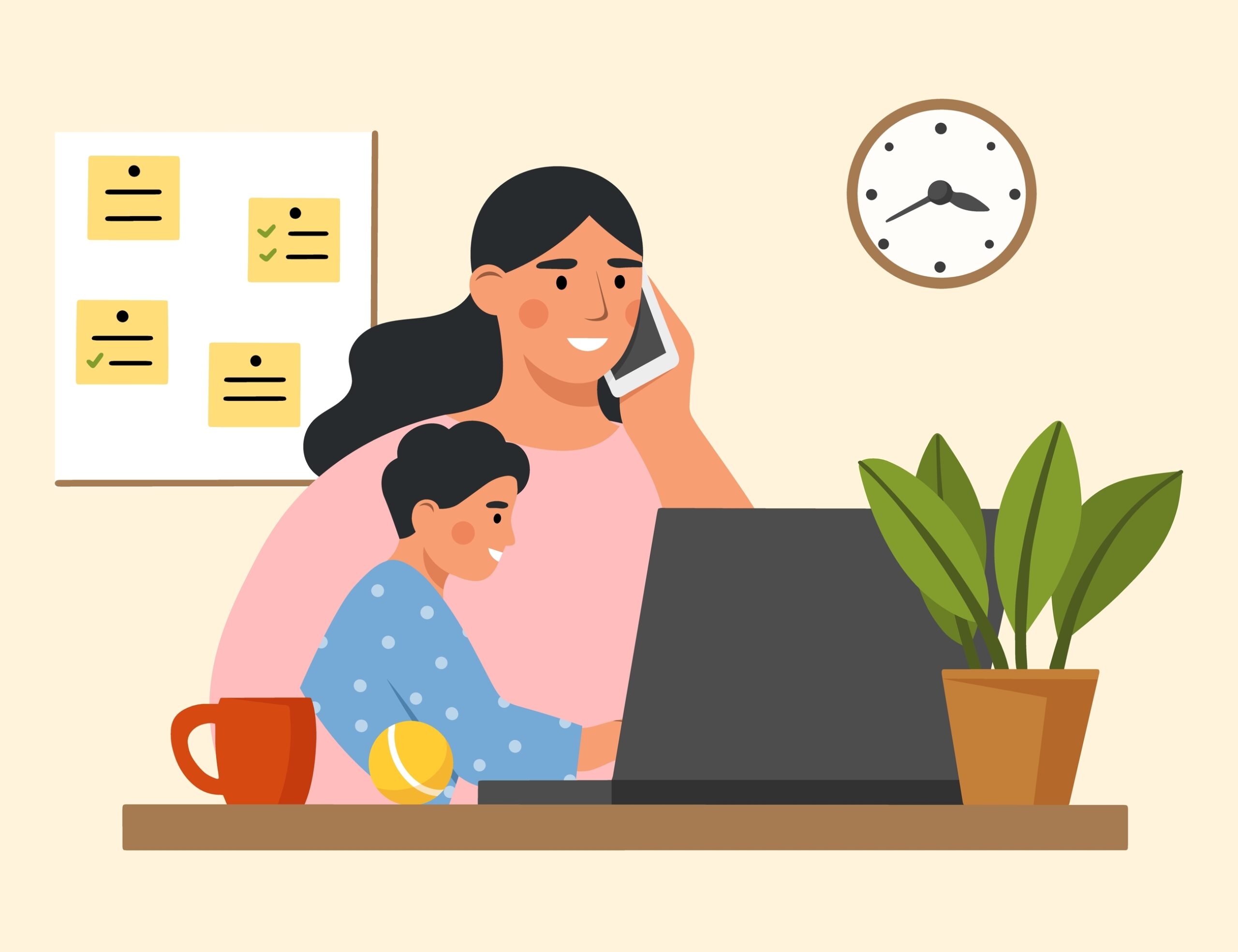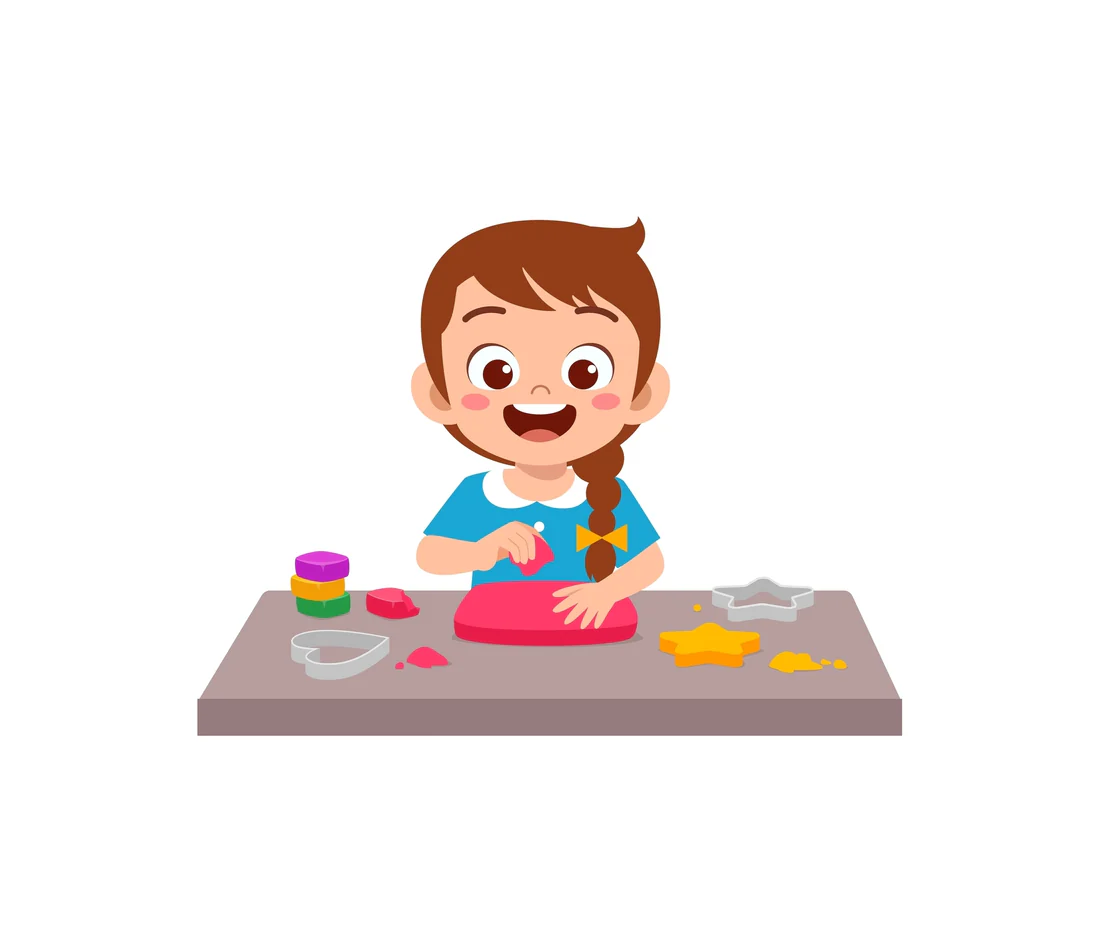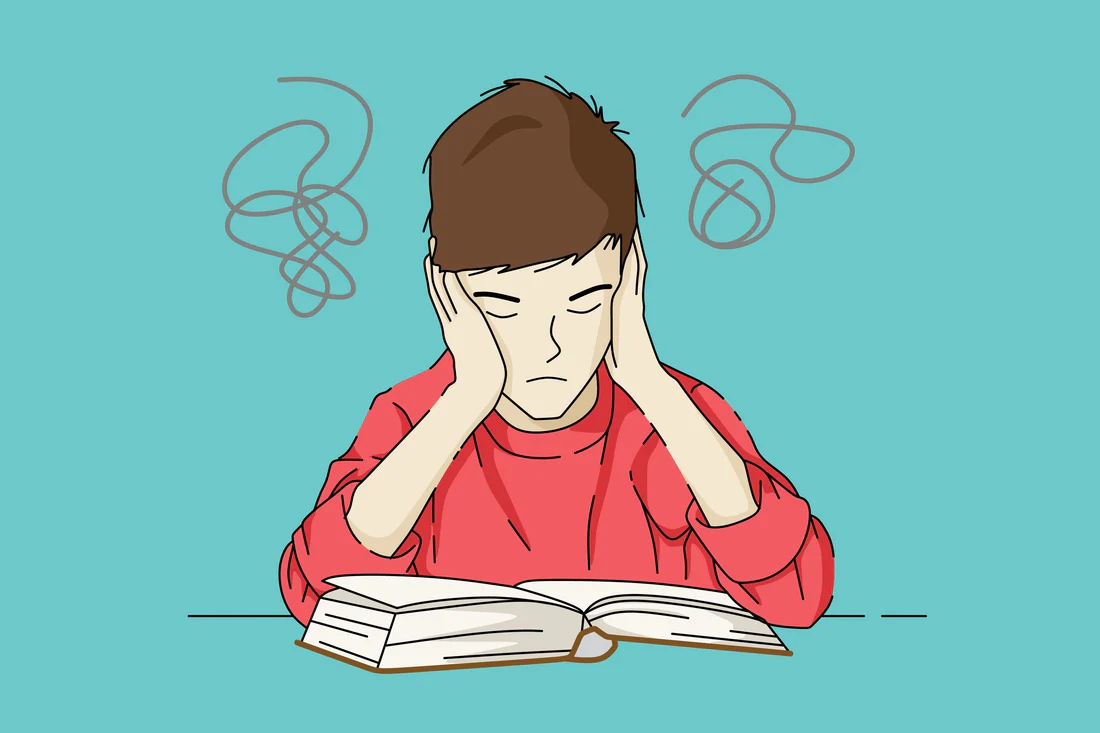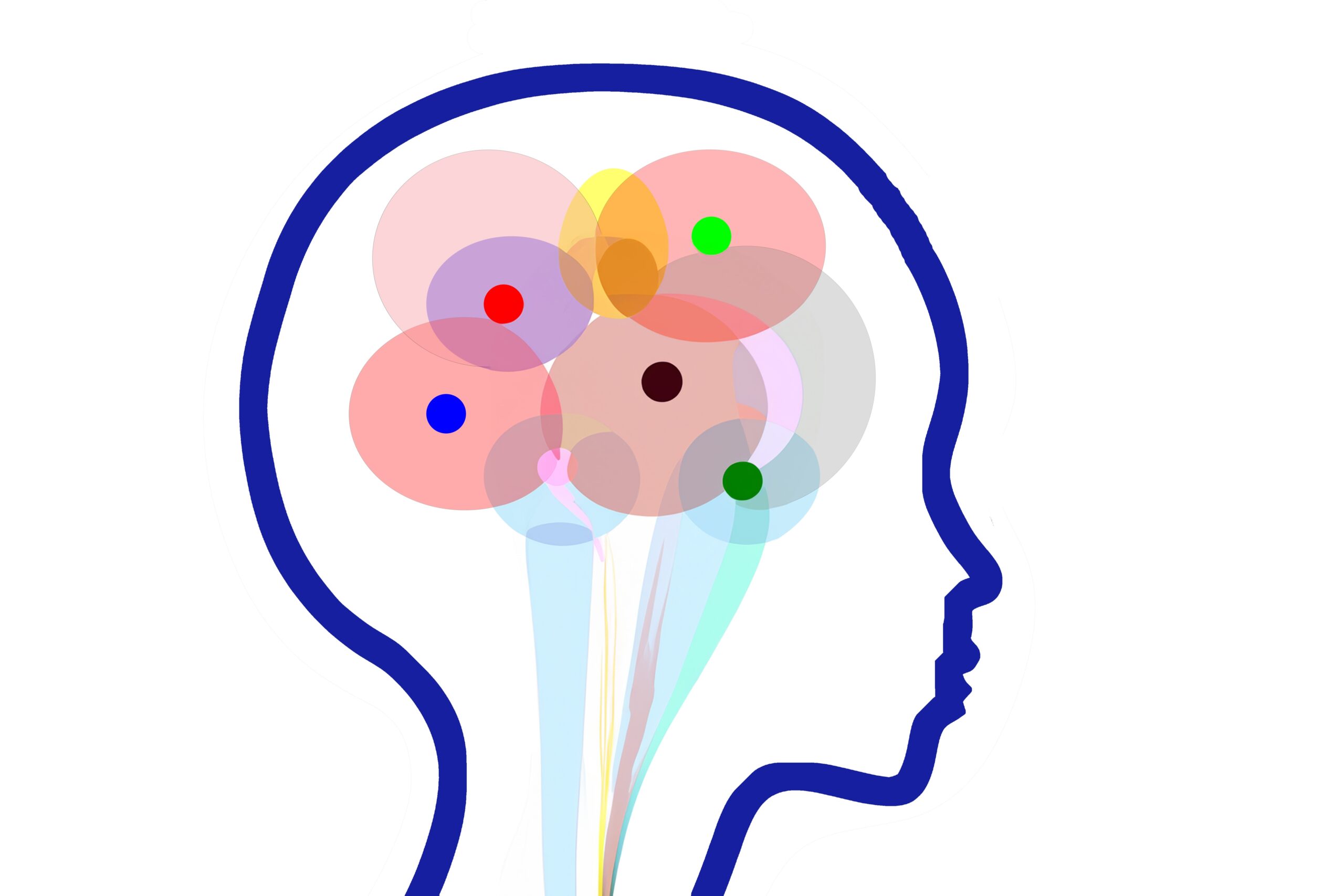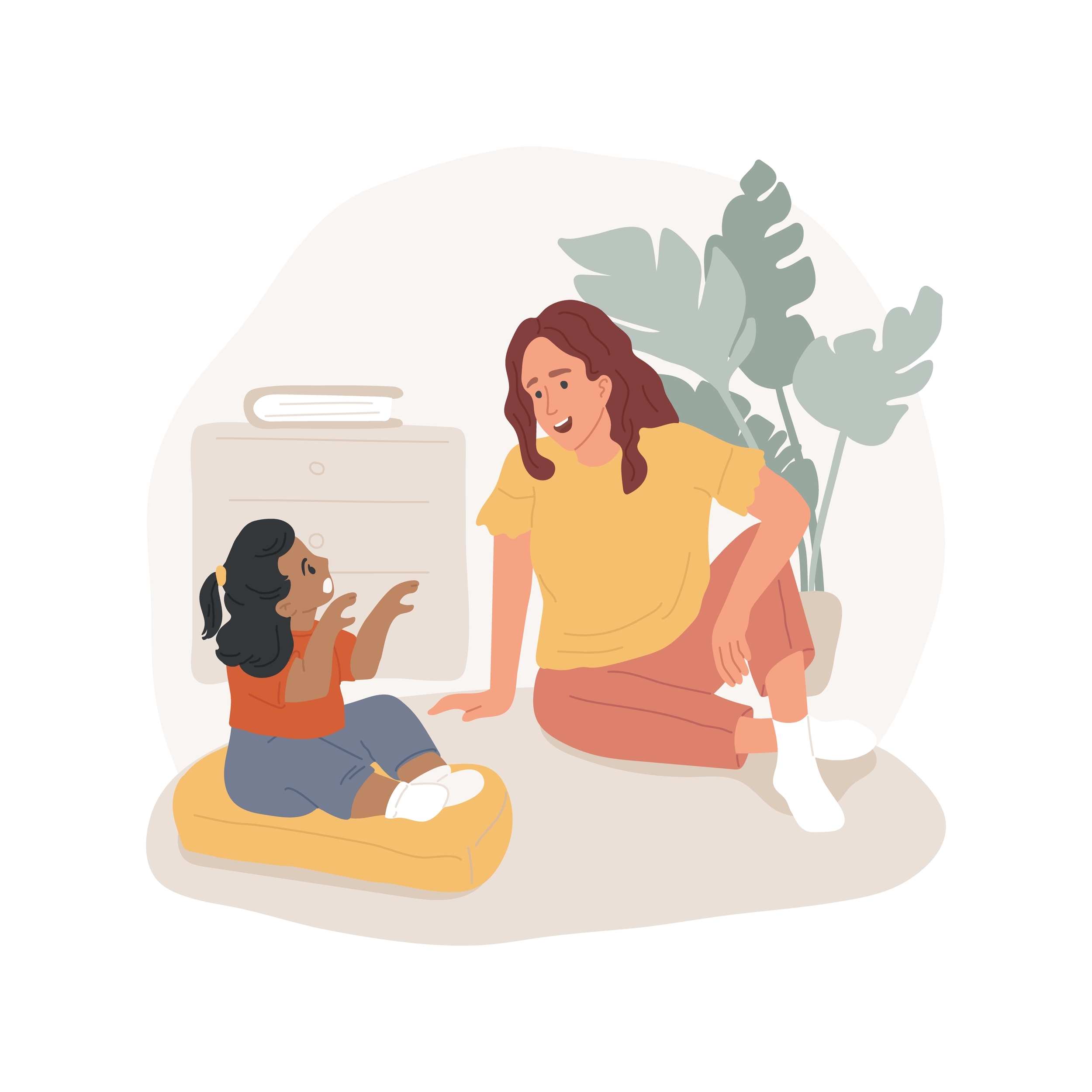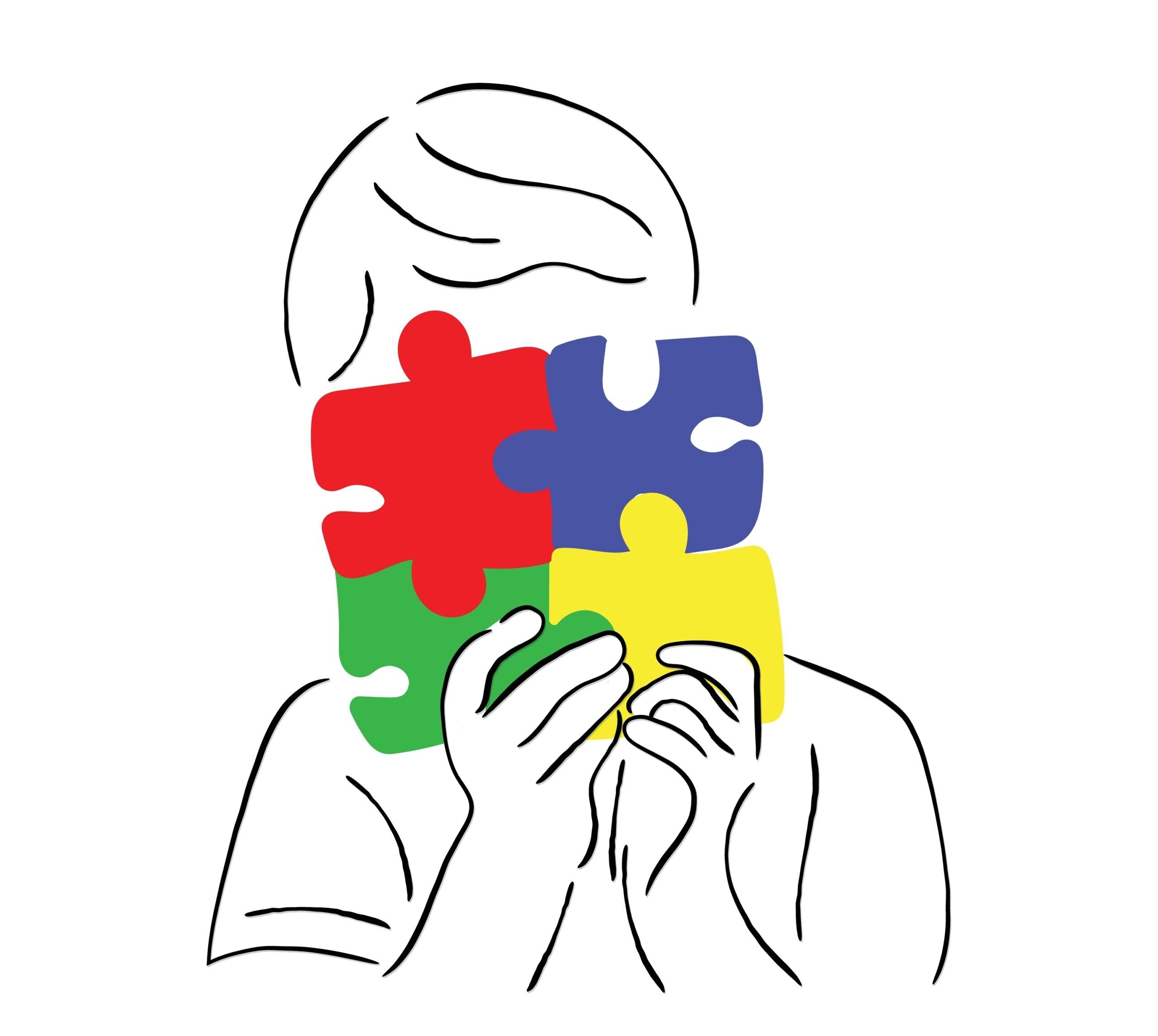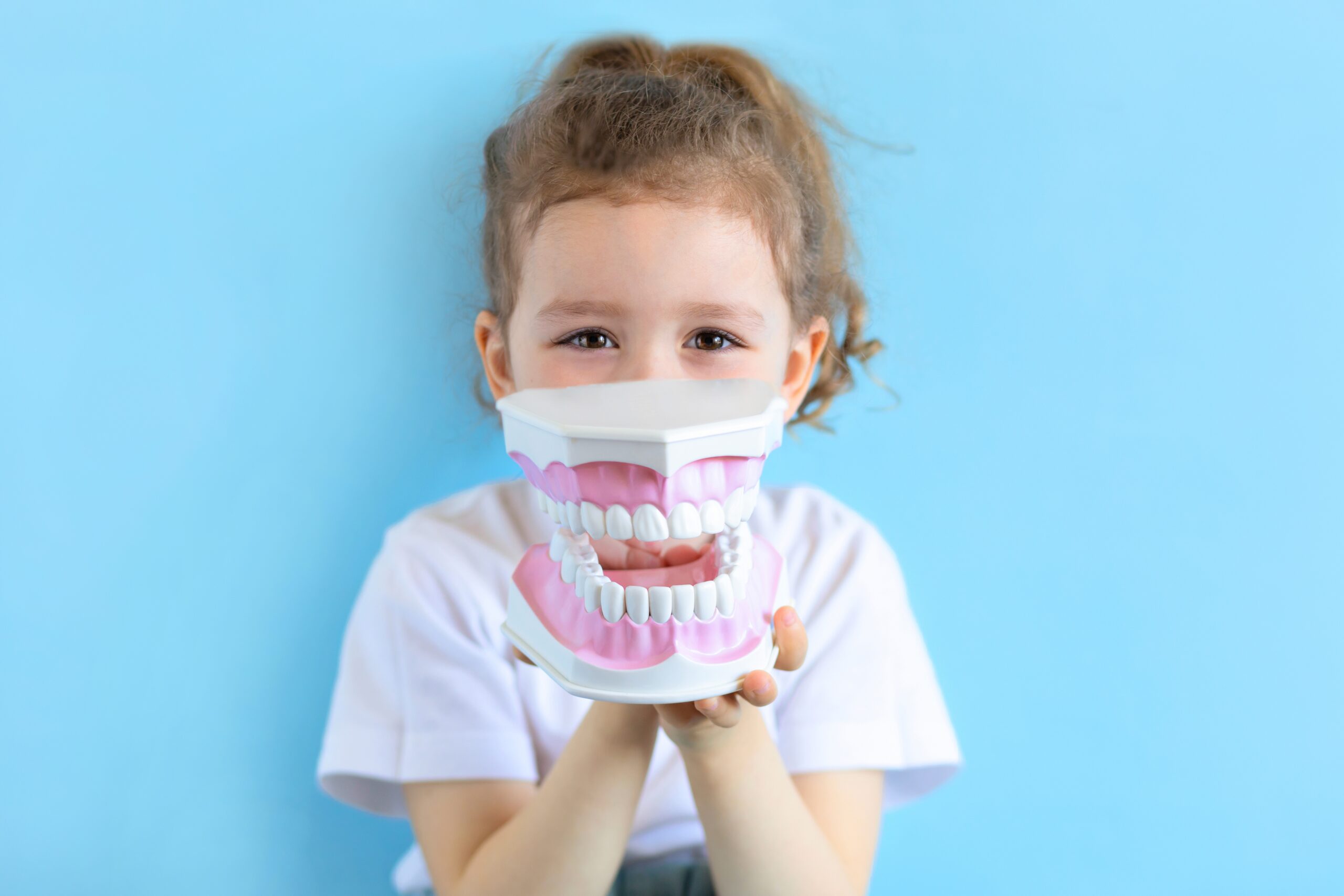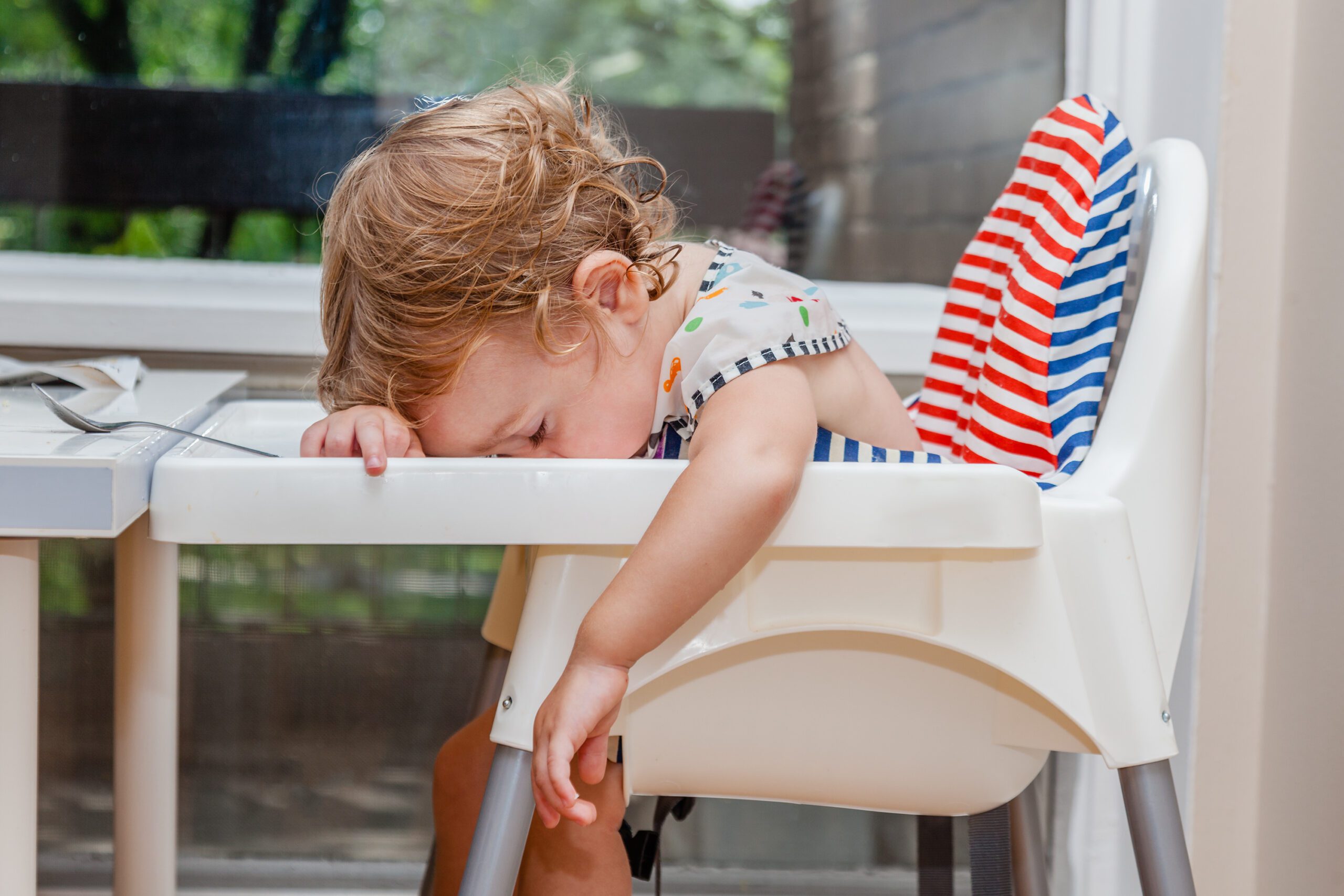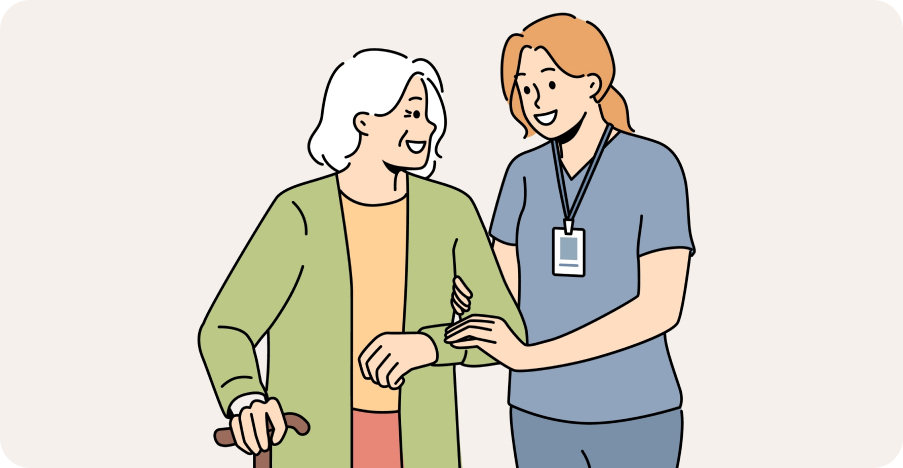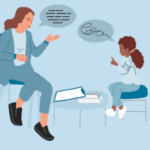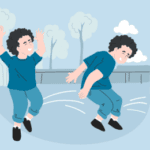
Sensory Processing Disorder
- Signs and Symptoms of Sensory Processing Disorder in Children
- Sensory Processing Disorder in Teens: Signs, Symptoms, Diagnosis & Treatment
- Sensory Processing Disorder (SPD) in Adults: Signs, Diagnosis, Treatment & Coping Strategies
- Types of Sensory Processing Disorder (SPD): Symptoms, Characteristics & Treatment
- Sensory Processing Disorder Treatment Options & Best Therapies for SPD in Children and Adults
- Living with Sensory Processing Disorder: Daily Tips, Support Strategies, and Family Guidance
- Vestibular and Proprioceptive Processing in Sensory Processing Disorder (SPD)
- Causes and Risk Factors of Sensory Processing Disorder (SPD): What Science Knows
- How Is Sensory Processing Disorder Diagnosed? Tests, Signs, and Evaluation Tools
- Stimming Behaviors in Sensory Processing Disorder: What They Are and Why They Matter
- Sensory Processing Disorder and Learning: How Sensory Challenges Affect Education
- Sensory Diet Strategies for Kids: Effective Tools for Sensory Regulation
- Sensory Integration Disorder and Sensory Integration Therapy
- Sensory Discrimination Disorder
- Sensory Modulation Disorder: Symptoms, Subtypes, and Treatment Strategies
- Sensory Over-Responsivity (SOR): Signs, Causes, and How to Help Kids and Adults Cope
- Sensory Under-Responsivity: Signs, Causes, and Support for Children and Adults
- Sensory-Based Motor Disorder: Signs, Symptoms, and Effective Treatments for Children and Adults
- Visual Processing Disorder: Signs, Symptoms & How to Support Visual Learning Challenges
- Auditory Processing Disorder (APD): Symptoms, Diagnosis & Treatment for Children and Adults
- Sensory Seeking/Craving: Understanding, Identifying, and Supporting Sensory Seekers
- Dyspraxia (Developmental Coordination Disorder): Understanding SBMD and Its Impact
- Postural Disorder: Causes, Symptoms & Treatment | Sensory-Based Motor Disorder Guide
Postural Disorder: Causes, Symptoms & Treatment | Sensory-Based Motor Disorder Guide

Authored by: The DrSensory Editorial Team
Reviewed by: 🛡️ DrSensory Clinical Review Board
Last updated: June 2025
Postural Disorder: A Form of Sensory-Based Motor Disorder (SBMD)
Postural Disorder is a subtype of Sensory-Based Motor Disorder (SBMD) — a condition where a child struggles to maintain proper body posture due to sensory integration issues. This can affect balance, stability, and core strength, leading to delayed motor skills and functional challenges.
Understanding Postural Disorder is crucial for early intervention. At DrSensory.com, we provide authoritative guidance to help parents, educators, and healthcare professionals support children’s sensory and motor development.
What Is Postural Disorder?
Postural Disorder refers to difficulties in stabilizing the body for smooth movement and endurance due to challenges in processing vestibular and proprioceptive input. It often coexists with other sensory processing issues and may manifest in children as:
- Slouching or leaning on furniture
- Fatigue during seated tasks
- Poor balance and coordination
- Difficulty maintaining an upright position
- Delays in crawling, walking, or other gross motor milestones
Related Terms:
- Sensory Processing Disorder (SPD)
- Sensory-Based Motor Disorder (SBMD)
- Vestibular dysfunction
- Proprioceptive challenges
- Core muscle weakness
Signs & Symptoms of Postural Disorder in Children
Look for these common indications of Postural Disorder.
| Symptom | Description |
|---|---|
| Low muscle tone (hypotonia) | Appears floppy, tires easily during physical activities |
| Poor endurance | Can't sit upright for for long; fidgets or slouches constantly |
| Clumsiness or frequent falls | Trouble with balance and spatial orientation |
| Weak core strength | Difficultly maintaining posture without external support |
| Avoids physical activity | May resist playground play or gym class due to body fatigue |
Why Early Diagnosis Matters
Early detection and occupational therapy for Postural Disorder can:
- Improve core stability and motor coordination
- Boost confidence in physical and social settings
- Prevent academic struggles linked to poor seated posture
- Support better sensory integration over time
Without early intervention, postural challenges can lead to secondary issues like poor handwriting, behavioral resistance, and low self-esteem.
Evidence-Based Treatments & Interventions
Effective treatments for Postural Disorder include:
✅ Sensory Integration Therapy
Occupational therapists use activities that stimulate the vestibular and proprioceptive systems to build postural control.
✅ Core Strengthening Exercises
Targeted exercises (like planks, animal walks, and yoga) help children develop stronger trunk muscles.
✅ Balance and Coordination Training
Using therapy balls, balance boards, or obstacle courses improves stability and motor planning.
✅ Environmental Modifications
Providing adaptive seating, movement breaks, or fidget tools during school can enhance posture and attention.
Who Can Diagnose Postural Disorder?
Diagnosis typically involves a pediatric occupational therapist trained in sensory integration. The evaluation may include:
- Clinical observation
- Standardized assessments like the Sensory Integration and Praxis Tests (SIPT)
- Parent and teacher questionnaires
For best results, seek an OT certified in Sensory Integration and Praxis Testing (SIPT) or those trained in the Ayres Sensory Integration® approach.
FAQ: Postural Disorder and SBMD
❓ What is the difference between Postural Disorder and Dyspraxia?
Postural Disorder affects core stability and balance, while Dyspraxia impacts motor planning and execution. Both fall under Sensory-Based Motor Disorders but require different interventions.
❓ Can Postural Disorder affect learning?
Yes. Poor posture can reduce focus, cause fatigue, and hinder handwriting or classroom participation, affecting academic performance.
❓ Is Postural Disorder the same as bad posture?
No. Postural Disorder is neurologically rooted in how the brain processes sensory input. It’s not a behavioral issue or laziness.
❓ At what age can Postural Disorder be diagnosed?
Symptoms may appear as early as toddlerhood, but formal diagnosis often occurs between ages 3–7, once motor delays become more apparent.
❓ What therapy helps most?
Occupational therapy with a sensory integration focus is the gold standard. Personalized home programs and environmental supports also play a key role.
Why Choose DrSensory.com?
At DrSensory.com, we are dedicated to translating clinical expertise into accessible sensory health education for families. Our content is reviewed by certified OTs and backed by current research in pediatric neuroscience and occupational therapy.
Learn more about SBMD symptoms, download our Postural Disorder Checklist, or book a consultation with a sensory-trained OT through our Resource Hub.
Postural Disorder Checklist
Use this checklist to help identify possible signs of Postural Disorder in children aged 3 and up. This tool is not for diagnosis but can support informed discussions with an occupational therapist.
🧍 Body Awareness & Core Stability
- ☐ My child appears “floppy” or has low muscle tone
- ☐ Struggles to sit upright for more than a few minutes
- ☐ Slouches or leans on desks, walls, or furniture
- ☐ Has difficulty holding still during seated tasks
- ☐ Tires quickly during physical activities like running or climbing
⚖️ Balance & Coordination
- ☐ Frequently trips, stumbles, or falls
- ☐ Has poor balance when standing on one foot or walking on a line
- ☐ Avoids playground equipment or sports
- ☐ Struggles with bike riding or climbing stairs
- ☐ Appears clumsy during group physical activities
🤸 Movement & Motor Planning
- ☐ Needs extra time to initiate movement
- ☐ Has trouble copying movements (e.g., jumping jacks)
- ☐ Avoids new physical tasks or becomes frustrated easily
- ☐ Cannot hold posture during dynamic activities (e.g., yoga poses)
✏️ Classroom & Daily Functioning
- ☐ Leans heavily on the table during writing or meals
- ☐ Has poor handwriting or fatigue during fine motor tasks
- ☐ Fidgets or constantly shifts position when sitting
- ☐ Avoids tasks requiring upright posture (e.g., brushing teeth standing up)
- ☐ Shows frustration or resistance toward physical routines
🚨 When to Seek Help
If you checked 5 or more boxes, especially in multiple categories, consider reaching out to a pediatric occupational therapist for a comprehensive sensory-motor evaluation.
📞 Need guidance? Visit our Therapist Finder to schedule a screening with a sensory-trained OT.
This page provides general educational content and is not a substitute for professional medical advice. Always consult a licensed provider for diagnosis and treatment.
View privacy policy, copyright and trust info
More on SPD

- Signs and Symptoms of Sensory Processing Disorder in Children
- Sensory Processing Disorder in Teens: Signs, Symptoms, Diagnosis & Treatment
- Sensory Processing Disorder (SPD) in Adults: Signs, Diagnosis, Treatment & Coping Strategies
- Types of Sensory Processing Disorder (SPD): Symptoms, Characteristics & Treatment
- Sensory Processing Disorder Treatment Options & Best Therapies for SPD in Children and Adults
- Living with Sensory Processing Disorder: Daily Tips, Support Strategies, and Family Guidance
- Vestibular and Proprioceptive Processing in Sensory Processing Disorder (SPD)
- Causes and Risk Factors of Sensory Processing Disorder (SPD): What Science Knows
- How Is Sensory Processing Disorder Diagnosed? Tests, Signs, and Evaluation Tools
- Stimming Behaviors in Sensory Processing Disorder: What They Are and Why They Matter
- Sensory Processing Disorder and Learning: How Sensory Challenges Affect Education
- Sensory Diet Strategies for Kids: Effective Tools for Sensory Regulation
- Sensory Integration Disorder and Sensory Integration Therapy
- Sensory Discrimination Disorder
- Sensory Modulation Disorder: Symptoms, Subtypes, and Treatment Strategies
- Sensory Over-Responsivity (SOR): Signs, Causes, and How to Help Kids and Adults Cope
- Sensory Under-Responsivity: Signs, Causes, and Support for Children and Adults
- Sensory-Based Motor Disorder: Signs, Symptoms, and Effective Treatments for Children and Adults
- Visual Processing Disorder: Signs, Symptoms & How to Support Visual Learning Challenges
- Auditory Processing Disorder (APD): Symptoms, Diagnosis & Treatment for Children and Adults
- Sensory Seeking/Craving: Understanding, Identifying, and Supporting Sensory Seekers
- Dyspraxia (Developmental Coordination Disorder): Understanding SBMD and Its Impact
- Postural Disorder: Causes, Symptoms & Treatment | Sensory-Based Motor Disorder Guide
Find a Therapist near you
Are you looking for a physical, occupational, or speech therapist in your area?
Look no further than the DrSensory Therapist Database and Clinic Directory!
Find a Therapist
Find the physical therapist, occupational therapist, or speech language pathologist you’re looking for!
Ask Us Anything
Whether you are looking for advice, have a general question about sensory processing, or looking for resources.
Submit Your Story
Share your story about your child. Let’s celebrate milestones and learn more about challenges.







































